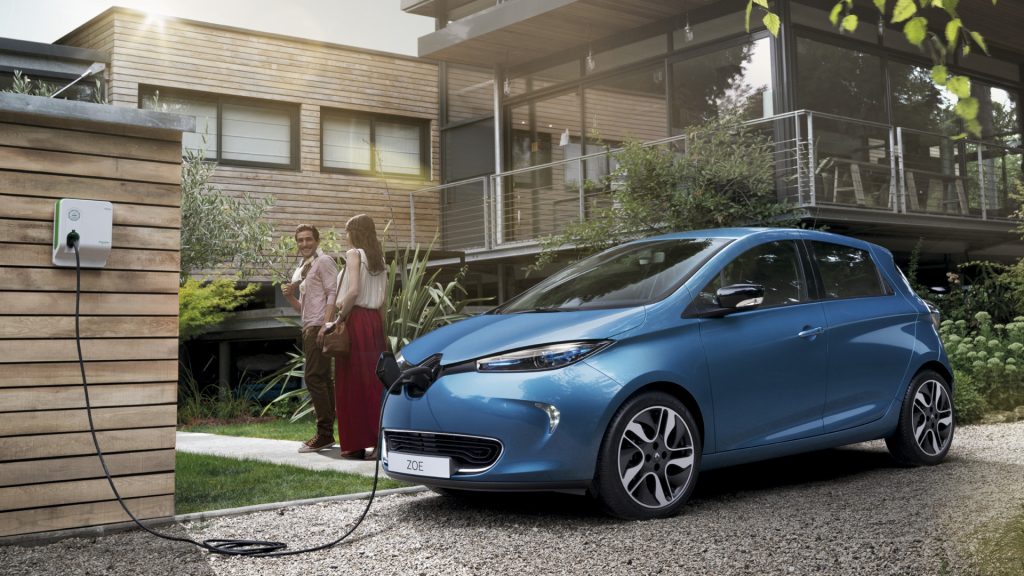After announcing its ambitious offer of electric vehicles for the coming years, Renault is clear that without a charging infrastructure and advanced technologies in this regard it will be very difficult to lead electric mobility on a global scale.
The French brand revealed details of V2G, or vehicle-to-grid, a two-way sharing technology that will soon allow vehicles to return part of the electricity stored in batteries to optimize grid operation and compensate for the intermittent nature of renewable energies.
The innovation is led by the French Commissariat à l’Energie Atomique et des Energies Alternatives (CEA), which, together with Renault, is working hard on future generations of these V2G technologies to be implemented by the end of this decade.
Along these lines, the CEA and Renault Group have jointly developed a new electronic power converter architecture integrated directly into the car’s charger.
Related content: Enel Introduces Circularity Index with the Target of Doubling it by 2030
Technological Scope
After nearly three years of research and having been the subject of 11 joint patents filed, this power converter will reduce energy losses by 30%, improve vehicle charging time and ensure battery durability.
According to a report by Inside EVS, the device will be essentially bi-directional by storing energy coming from the power grid.
The CEA and Renault Group R&D teams have combined their expertise in on-board power electronics, in particular in so-called “Grand Gap” semiconductor materials, either gallium nitride (GaN) or silicon carbide (SiC).
The result is a new architecture based on “Grand Gap” components that reduces energy losses during conversion by 30% and reduces heating by the same amount, facilitating the cooling of the conversion system.
Thanks to the use of ferrite materials, dedicated to high frequency, and an injection molding process called “Power Injection Molding”, the converter is now more compact.
This new architecture offers a charging capacity of up to 22 kW in three-phase mode, allowing the vehicle to be charged faster and ensuring the durability of the battery.
Great Results
Jean-François Salessy, Renault Group Advanced Engineering Director, explained that this project alongside CEA exceeded expectations by confirming the ability to achieve the expected results in terms of efficiency and compactness.
“This opens up high prospects for power electronics, which is a real challenge for the electric vehicle when it comes to making the most of the batteries’ capabilities,” added the executive.
Salessy says that with bi-directional recharging, the vehicle is put at the service of the electrical grid and allows the end consumer to reduce his or her energy costs.







